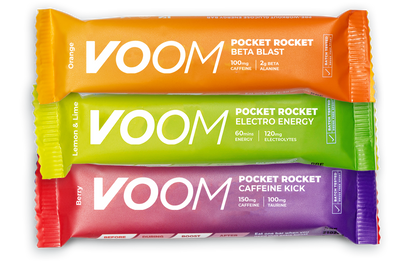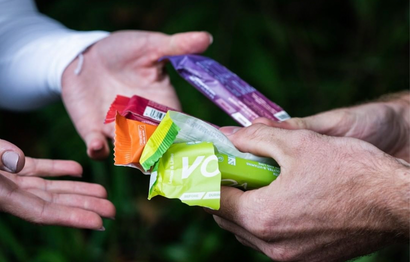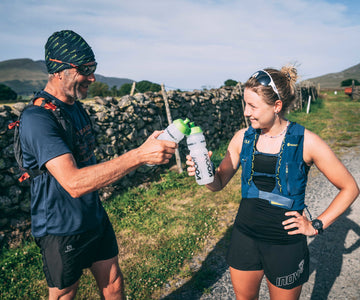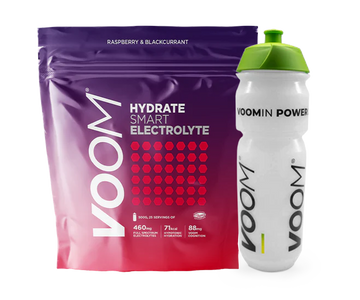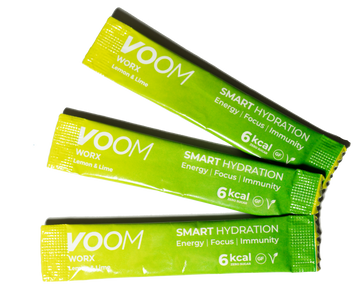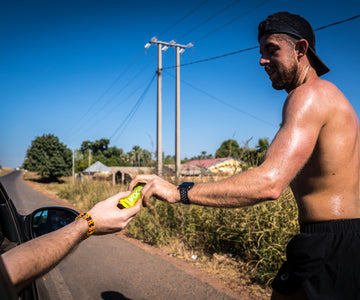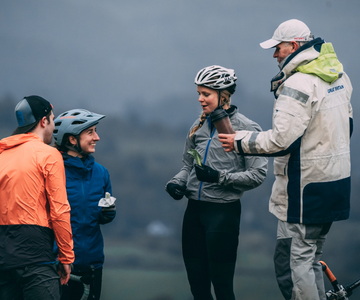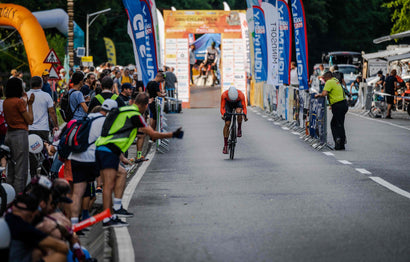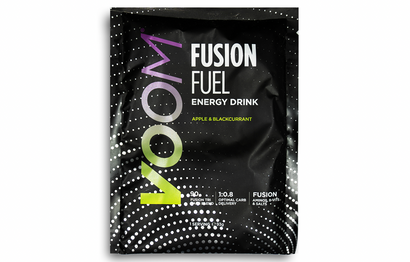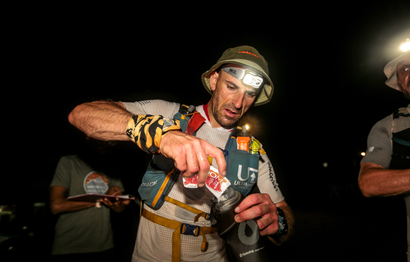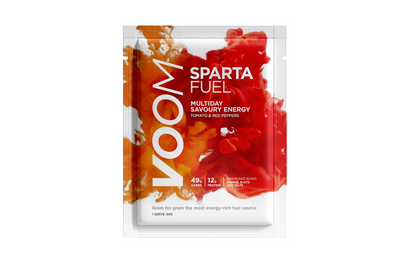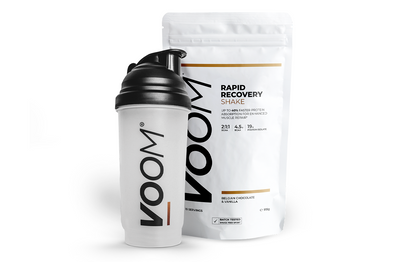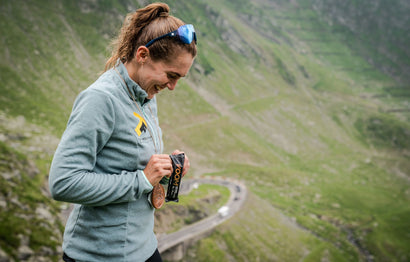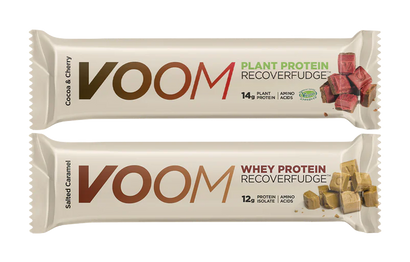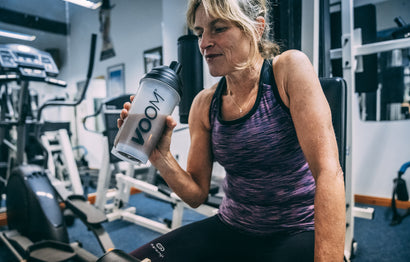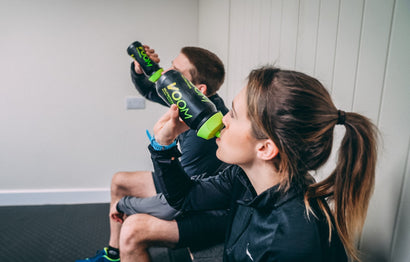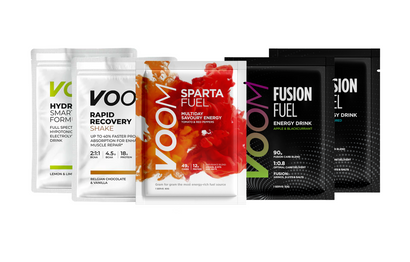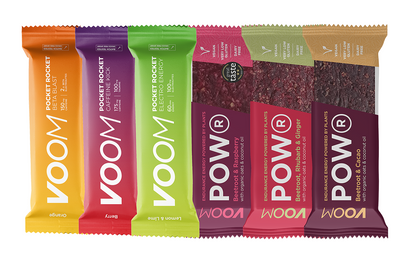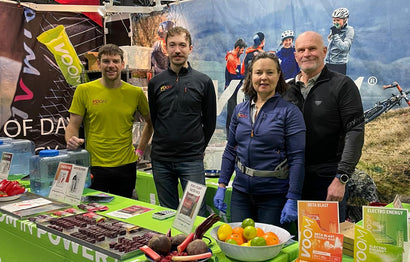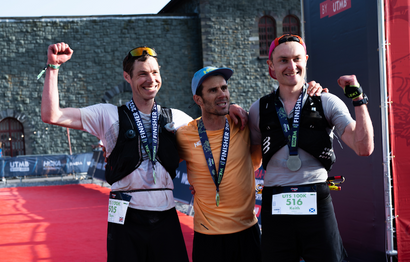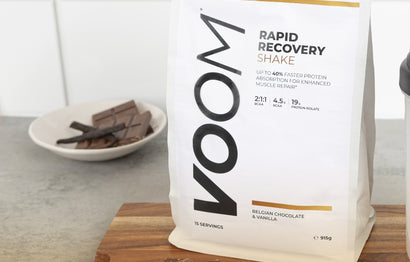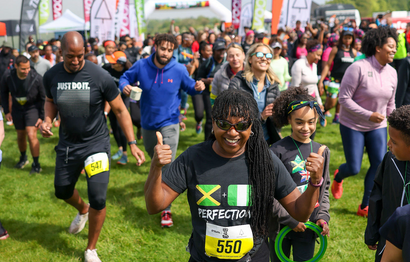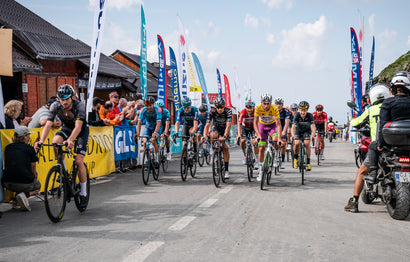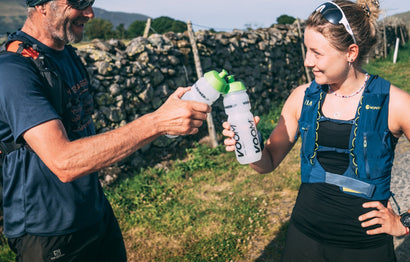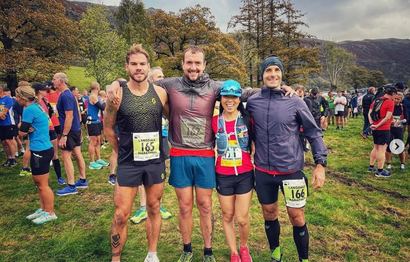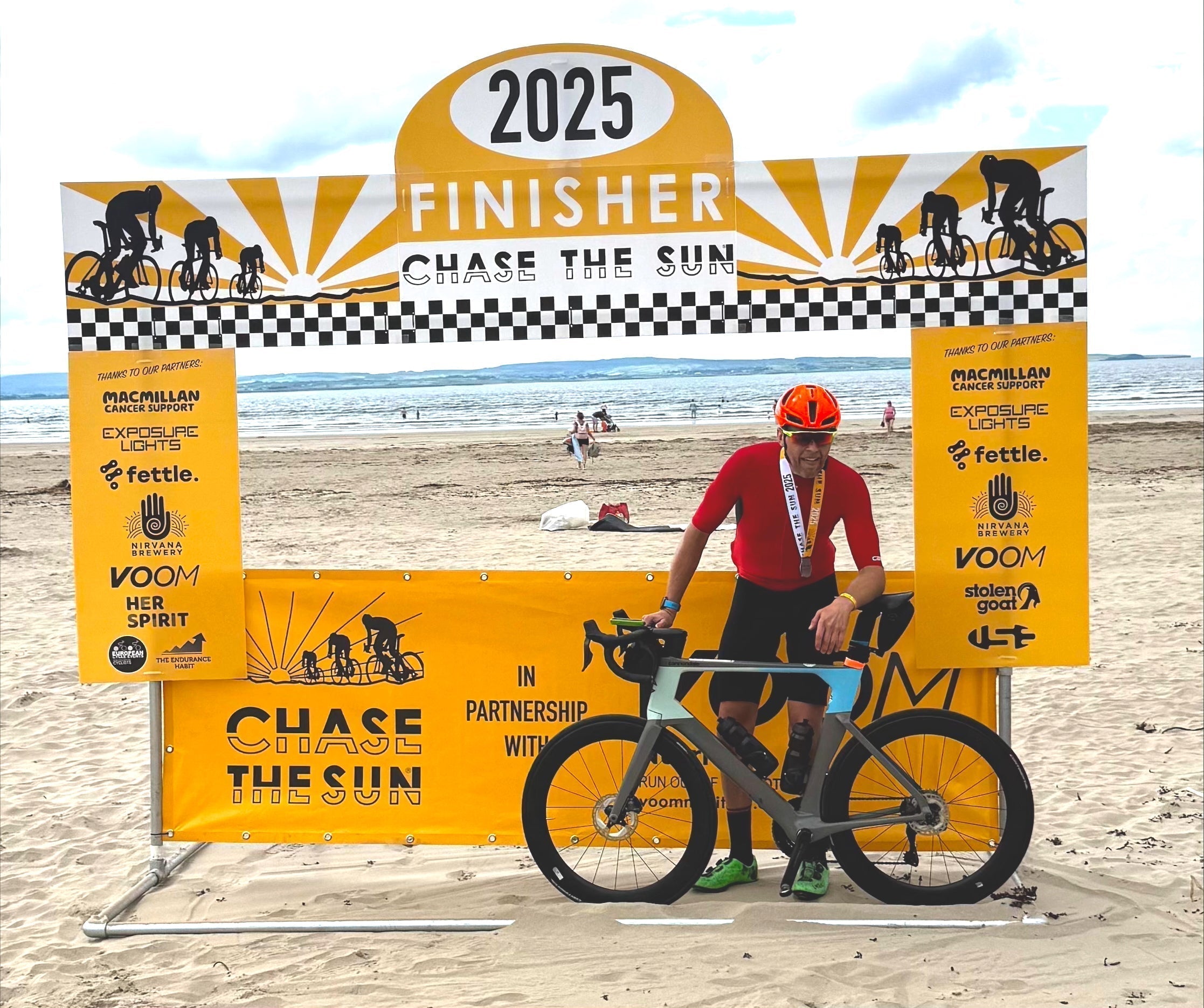Top 5 Tips for Indoor Riding This Winter
As winter sets in, cycling enthusiasts often face the challenge of continuing their training without braving the cold, and risking the icy roads. Fortunately, cycling indoors has become more accessible and enjoyable with modern technology and a few smart strategies. Whether you’re using a turbo trainer, smart trainer, or another stationary bike, these tips will help you maximise your indoor cycling experience.
Invest in the Right Equipment
To make your indoor rides as effective and enjoyable as possible, having the right equipment is essential.
-
Smart Trainer vs. Basic Trainer: A smart trainer offers interactive features like resistance changes synced with virtual apps, while a basic trainer is more budget-friendly but requires manual adjustments. These trainers use your normal bike so can give a realistic cycling feel.
-
Stationary Bikes: High-end models like the Wahoo KICKR Bike provide an all-in-one solution. These can be great for indoor training but obviously is another investment on top of your normal bike!
-
Accessories: Consider a fan for cooling, a sweat mat to protect your floors, and a riser block under the front wheel for stability.
Pro Tip:
Use an old towel or sweatband to keep sweat from dripping onto your bike, especially if you're using your road bike on a trainer. Over time the salt in your sweat can damage components of the bike and trainer.
2. Hydrate to Perform

Indoor training provides a challenge to the body's homeostasis as exercise creates heat within the body. The body needs to cool itself and unlike outdoor riding there's not the same air circulation, so the body ups the sweat rate. This can mean hydration can be a challenge to manage when training indoors.
-
Fluids: Keep hydrated by sipping on fluids during training sessions. As a guide aim to drink 400 - 800ml per hour with the aim of minimising body weight loss (dehydration) to less than 2-4%.
-
Electrolytes: Electrolytes, in particular sodium, potassium and magnesium, but also calcium and chloride, are lost in sweat. You should aim to replace these as they play important roles in maintaining fluid balance and other functions within the body such as within the nervous system and muscle contractions. An electrolyte drink such as VOOM Hydrate Smart can help replaces the losses and keep the body functioning well.
-
Organisation: Arrange your water bottles, any snacks, and towels within easy reach to avoid interruptions during your ride.
Pro Tip:
Calculate your own sweat rate to guide fluid intake. Start by having a pee and then weigh yourself (in kg) before and after a session of anywhere between 45mins and 2 hours. Ideally weigh yourself wearing minimal or no clothing as clothes can hold sweat. You'll also need to weight any fluids (in kg) you take on board during the session.
Calculate your pre-exercise body weight minus your post-exercise body weight plus fluid intake minus urine volume (if you go during the session!). Divide this total by exercise time in hours to calculate your sweat rate in ml per hour.
3. Use Virtual Platforms for Motivation

Cycling indoors can be monotonous, but virtual platforms like Zwift, TrainerRoad, or Rouvy bring a sense of adventure and competition to your workouts. These platforms simulate real-world terrains, offer structured training plans, and let you connect with other cyclists worldwide.
Pro Tip:
Join group rides or races on these apps to add a social aspect to your training and keep you motivated throughout winter.
4. Follow a Structured Training Plan
Winter is the perfect time to focus on improving your cycling skills, building endurance, or targeting specific fitness goals. Structured plans help you stay consistent and make measurable progress.
-
Base Training: Focus on long, steady efforts at a moderate intensity to build endurance.
-
Strength Building:Including intervals at lower cadences but higher gears or resistance can help to build strength.
Intervals: Incorporate higher intensity intervals to improve speed and power. These can help boost your aerobic threshold and the power you can sustain in the VO2 max zone.
Pro Tip:
Use a heart rate monitor or power meter to track your performance and ensure you’re training in the right zones. These are also great ways to get quantifiable data on your training load.

Don’t Neglect Comfort
Spending hours in the saddle indoors can be hard on your body, so make comfort a priority.
-
Bike Fit: Ensure your bike or trainer setup mimics your outdoor bike fit to avoid discomfort or injury. It can be worth the investment of seeing a specialist to get a bike fit as the right set up and geometry can minimise injury risk.
-
Padded Shorts: Wear quality cycling shorts to reduce chafing and pressure, the more time you spend in the saddle, the more important this is!
-
Breaks: Schedule short breaks during longer rides to stretch and refresh. This can also give you a chance to refill water bottles or grab extra snacks.
Pro Tip:
Apply chamois cream before rides to prevent saddle sores, especially during intense or extended sessions.
Final Thoughts
Cycling at home during winter doesn’t have to be a compromise. By investing in the right equipment, creating an engaging setup, and following a structured plan, you can maintain and improve your fitness while staying warm indoors. Embrace the winter season as an opportunity to refine your skills, build strength, and stay connected with the cycling community.


